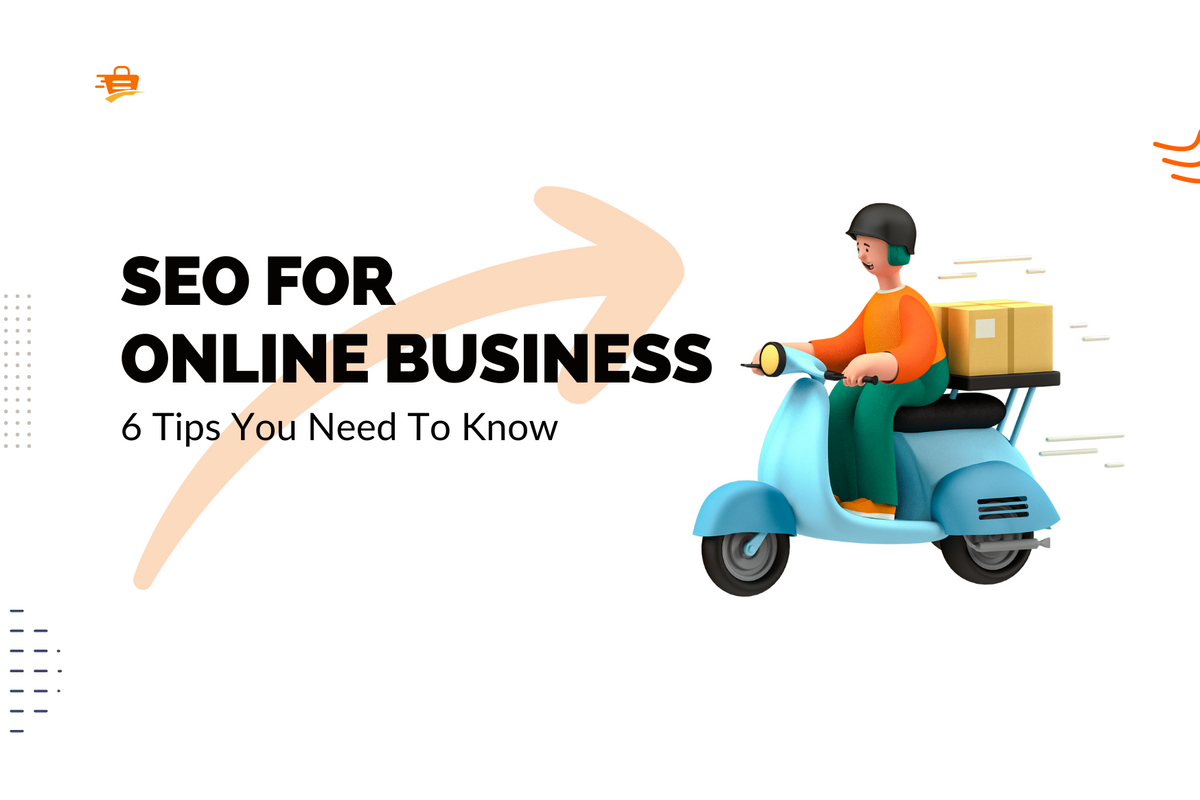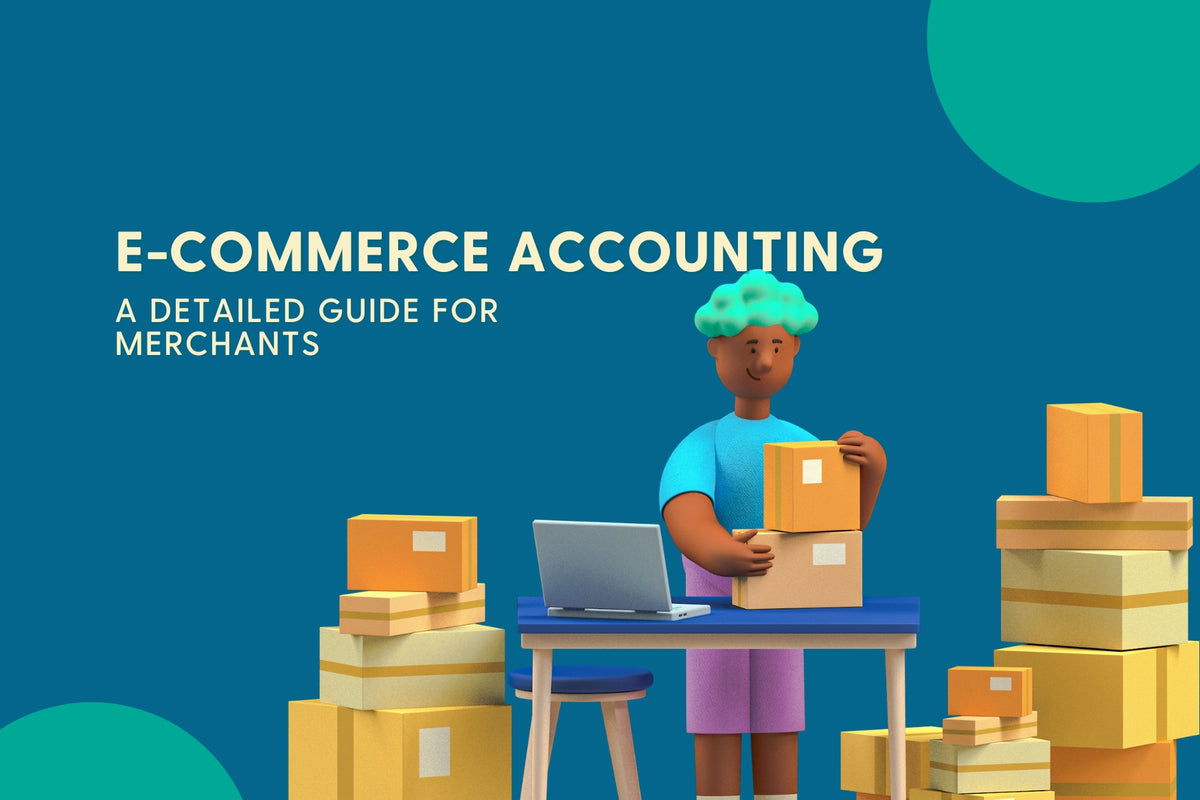Product recommendations are a great way to inspire casual browsers and push shoppers closer to a sale and a bigger basket. But have you ever wondered why e-commerce product recommendations have this effect on consumers? In this article, we’ll unveil how and why consumers respond to different product recommendations so you can get the most out of them for your store.
The Mind of the Modern Consumer
To understand why and how consumers react to product recommendations, we need to step into their minds first.
Consumer behavior and the psychology behind it is a well-researched topic full of indispensable information for e-merchants. Hard-wired instincts and emotions fuel every action and interaction a consumer has with your brand. They don’t just happen by chance.
Fogg’s Behavior Model is a great stepping stone toward understanding how the mind of a consumer works and why certain actions occur. This model is built on the premise that human behavior occurs when three factors meet and converge - motivation, ability, and triggers.

(Source: Shopify)
Motivation is all about how intense the desire is for a person to take action. The motivation someone has falls into three categories; sensation (pain vs. pleasure), anticipation (hope vs. fear), and social belonging (acceptance vs. rejection). Any one or any mix of these motivators will determine how likely a consumer is to take action. Once a consumer's motivation is high enough, the ability to carry out an action comes into play.
Ability is the effort needed to perform an action. In terms of e-commerce, this could be the time it takes to find a product, the amount of money an item costs, or the options available for payment and delivery. The concern here is ease. How easy is it for the shopper to complete the action? It also has a close relationship with motivation. The more motivated a consumer is, the more willing they are to spend time and effort into performing an action.
Then we have triggers. Triggers are what prompts a user to take action. What drove a consumer to think about purchasing from your store? Examples of triggers are pop-ups, call-to-action buttons, emails, ads, and more.
How & Why Consumers Respond To Different Types of Product Recommendations
Product recommendations have been shown to have a really positive effect on shoppers. Salesforce completed a study that unearthed some promising stats:
- 37% of shoppers that click on a product recommendation return to the site after their first visit
- Consumers that interact with product recommendations are 4.5x more likely to add items to their cart and complete a purchase
- 52% of orders from customers that clicked on product recommendations include a recommended product
There seems to be something about product recommendations that shoppers just can’t resist! It’s also clear that product recommendations facilitate a pleasing shopping experience, one that keeps them coming back. But why is that? What types of product recommendations can provoke these feelings and how? Let’s dig a little deeper to find out.
What are the different types of product recommendations?
Let’s start by laying out the different product recommendations and how they are powered.
Product recommendations are generated with product recommendation engines. Product recommendation engines are the brains behind suggested products. They gather data and attempt to find patterns that inform what’s shown to the end user. Recommendation engines can find these patterns in three ways:
- Content-based filtering: it can look at similarities between products to make relevant recommendations
- Collaborative filtering: it can take purchasing data from similar users to make predictions about what a shopper may want to buy
- Hybrid: combines collaborative and content-based filtering approaches
These approaches can then generate a number of different types of product recommendations. We can break these recommendations into three groups; global, contextual, and personalized.

(Source: Cloudways)
Content-based filtering vs. Collaborative filtering: What do consumers favor?

Collaborative filtering vs Content-based filtering (Source: Co-libry)
Content-based filtering and collaborative filtering attack product recommendations from two different angles. The former takes the side of a shopper’s preferences, while the latter favors what other similar people endorse. But which one takes the cake? A recent study found that it all depends on the shopper's mentality and what they want to purchase.
There are two types of consumers; those with a high need for cognition and those with a low need for cognition. In simple terms, some shoppers like to problem-solve problems for themselves and others place more trust in other people’s opinions.

Using Boost AI Search & Discovery, Green Fresh Florals has product recommendations generated by content-based filtering on product pages
Product recommendations from content-based filtering are great for consumers with a high need for cognition when they are looking for experience products. Experience products are items in categories such as food, beauty, travel, and clothing. These types of products are highly personal and can therefore be quite challenging to evaluate before trying them for yourself.

Yes Bebe also uses Boost AI Search & Discovery for product recommendations based on collaborative filtering on the cart page
If consumers are inclined to value their opinions and tastes more, content-based filtering for experience products works as a treat for them. These recommendations are more attuned to their preferences as they’re all based on what they’ve already shown interest in.
On the other hand, shoppers with a low need for cognition will favor collaborative filtering recommendations. These shoppers are happy to go off of other people’s opinions as they offer more transparency. These shoppers can see that the product was favored by other shoppers like them, so they believe they should also like it. This is known as the bandwagon heuristic effect.
Interestingly, a consumer's need for cognition doesn't come into play when it comes to searchable products like furniture, electronics, and appliances. Regardless of which side of the coin a consumer falls into, collaborative filtering wins them over.
Searchable products typically have extensive information readily available. So, consumers with a high need for cognition have everything they need to draw their own conclusions about a product. When collaborative filtering is thrown into the mix, this consumer gets the added benefit of social affirmation. The low need for cognition consumers however are just happy to know that others like themselves loved a product.
Now let’s move on to how and why consumers react to the different types of product recommendations.
Consumers & Global Recommendations
Global recommendations are going to strike a chord with your newer customers and casual browsers. Looking back at Fogg’s Behavior Model, customers that fall into this bracket could have lower motivation compared to those who know exactly what your brand is about and the value it presents to them. These shoppers, therefore, need to grasp the high points of your brand through recommendations easily.

Global product recommendations such as Most popular and Trending instantly showcase the best your store has to offer and affirm the product’s quality as they act as social proof. Shoppers feel convinced that these products are worth their while and have a particular appeal to shoppers motivated by social acceptance. Ballin’s is an excellent example of using product recommendations to resonate with consumers driven by social approval and triggering the bandwagon heuristic.
Consumers also have the perception that new equals better. Shoppers want to stay on trend, especially if they are motivated by social acceptance.
Consumers & Contextual recommendations
Research reveals that consumers tend to view contextual recommendations as being of higher quality. That’s because contextual product recommendations come a lot closer to fitting their needs, preferences, and styles.
Contextual product recommendations are based on what a shopper shows interest in real time. Products with complementary attributes or complementary items will therefore be inherently more relevant to that particular shopper than global recommendations.

Yes Bebe takes this approach throughout its store. In this example, the product page for a doll features a host of recommended accessories for it.
With this increased relevance, customers are guaranteed to be more satisfied with their experience in your store. After all, you’re making it much easier for them to find a product they’ll love. And when you have satisfied customers, you can count on them to be loyal.
Contextual recommendations also play a part in the higher add-to-cart and purchasing rate present in shoppers that interact with product recommendations. When you increase the relevance of product recommendations, you’re in turn decreasing the effort it takes for shoppers to land on their perfect product.
Take another look at Fogg’s Behavior Model and you’ll see that the threshold to trigger an action plummets as effort is lowered. In other words, you’re boosting your chances of securing a sale.
Consumers & Personalized recommendations
We’re sure by now you’re well aware of the power of personalization. Shoppers have an undoubtable affinity for personalization, but why is that?
We all have a need to feel understood, heard, and of value to the people and, in this case, the businesses we choose to interact with. With personalized recommendations, brands can better understand a customer’s preferences. As a result, shoppers feel recognized as individuals, making them feel special.

Personalized product recommendations on Sephora
Personalized product recommendations will feel more personal to shoppers over time as the recommendation algorithm learns more about them and their preferences. This more long-game approach signals to shoppers that your brand is invested in the relationship, not just the transaction.
Moreover, similarly to contextual recommendations, the relevance of personalized product recommendations is extremely high. Customers won’t need much effort to find their desired products, leading to more sales in your pockets.
Wrapping Up
The human mind can seem like a complex maze, but once you understand why certain behaviors manifest, you can optimize your store to resonate with them.
When it comes to product recommendations and choosing the right ones, you need to consider the motivations behind your customers as well as the products you're selling. Dig into your data and try to identify your primary customer personas. And don’t be afraid to experiment with different types of product recommendations. With Boost AI Search & Discovery, you’ll have access to 8 different types of product recommendations that cover all three categories.



